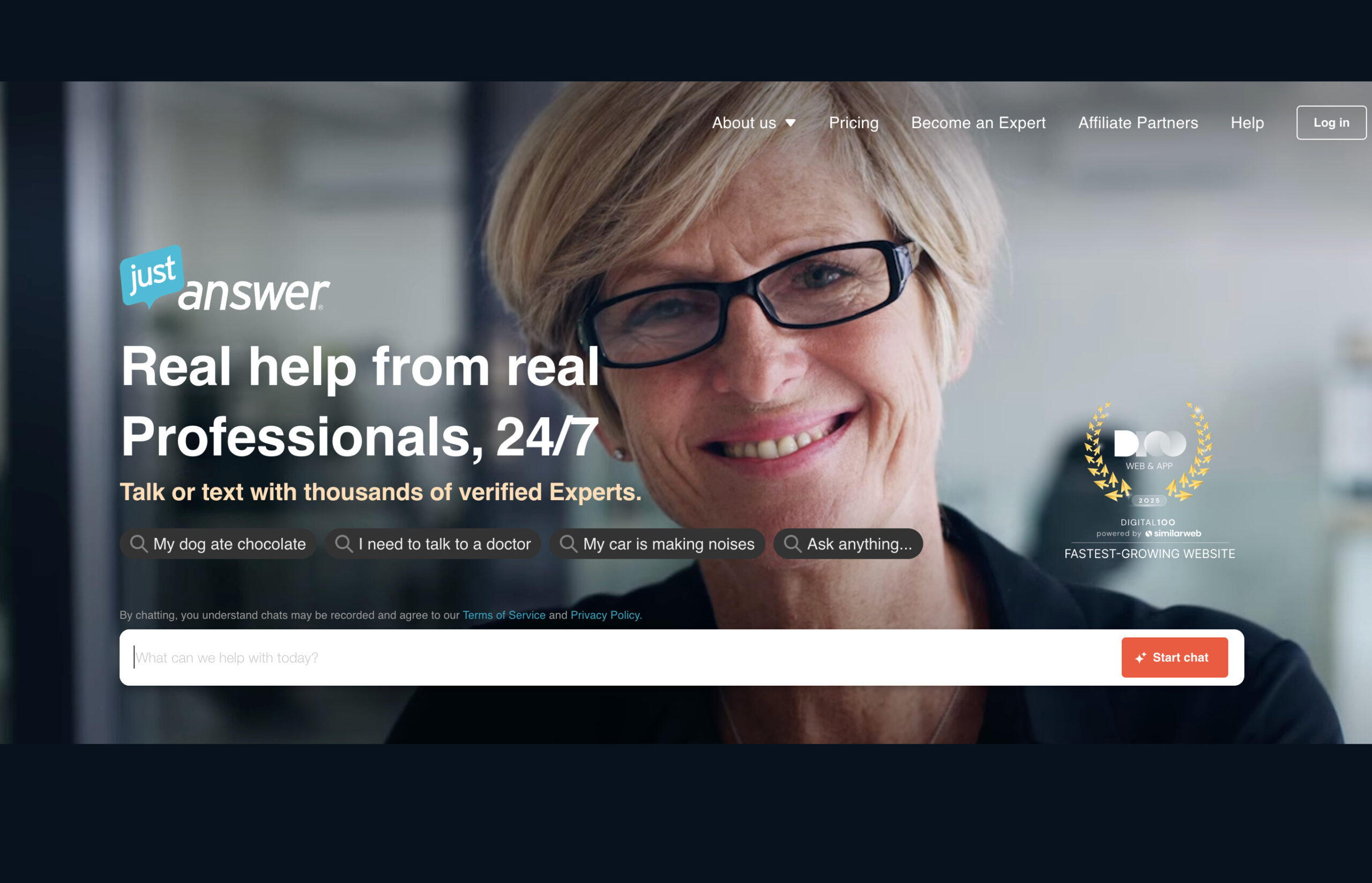
Building Better Subscription Bundles
One of the most effective strategies for attracting new customers is to offer subscription bundles, pairing multiple products or services at discounted rates. The communications industry’s bundling of Internet, TV, wireless and mobile devices is a classic example of this strategy for packaging a group of related services and products together. During these challenging times brought on by COVID-19, people are looking for resources and experiences to stay entertained with a large variety of content and services for a relatively inexpensive price. People like to feel they’re getting a deal.
Consumers enjoy cost savings through discounted rates and the opportunity to try out new offerings with minimal investment. For subscription businesses, bundling is a strategy proven for improving customer acquisition and retention.
Should businesses consider launching subscription bundles?
Walt Disney Co. is offering a combination of its popular Disney+ streaming service bundled with two other Disney-owned video services, Hulu, and ESPN+ at $12.99 each month, saving consumers more than $5 each month compared with signing up for each subscription separately. This all-in-one bundle was created with the diverse preferences of an average household in mind. Following a similar strategy to satisfy diverse audiences, T-Mobile joined forces with Quibi to expand its distribution channels by providing its users Quibi’s exclusive content designed for mobile consumption consumed in ten minutes or less. And those subscribers who already take advantage of T-Mobile’s Netflix On Us deal can choose between either Netflix or Quibi subscription “on them” at the end of the first year.
Recently, Google and Spotify partnered to satisfy and retain existing subscribers by giving away Google Home Minis. Don’t have a speaker to play Spotify in the most seamless way possible? Now you do, with your new Google Home Mini. This collaboration continued the brand recognition for Google smart speaker, as it kept Spotify listeners happily subscribed to their premium service—a win-win for both Google and Spotify.
In the publishing space, we just saw Bloomberg Media and content aggregator The Information partnered to offer a one-year subscription to both websites, allowing readers to access all Bloomberg content including paywalled articles (valued at $415 per year) and The Information’s ad-free application, monthly video calls, events, and a subscriber-only Slack channel ($399 annually). While it may seem strange that paywalled content is being paired with ad-free communal content, the bundled price of $499 saves $315 for subscribers and acts as a promotion for both Bloomberg and The Information. This is an interesting bundling story, as it shows how catering to different consumption styles can reach more audiences and expand brand exposure, particularly by growing beyond individual subscribers and having more businesses sign up.
Four tips for creating a popular subscription bundle
While there isn’t one bundling strategy that will yield results for every subscription business, there is one surefire strategy that gets people excited about your bundle of digital products: offer value and variety. Also, offer co-marketing opportunities to brands you’re bundling with. To build a successful business partnership with the other company, joint marketing and offering promotions attract more customers to bundles.
1. Leverage collaborations and partnerships
While many subscription bundling strategies focus on encouraging customers to try out additional products or services already in the company’s portfolio, subscription businesses should consider partnering with third-party businesses. As illustrated in the crossover bundling examples above, creating bundles that bring in different services and content from different places can drive new users, more recognition and higher demand. Subscription businesses can reach new audiences through such crossover bundles, expanding their customer base while finding new sources of revenue. Most of all, customers benefit from the variety of options.
2. Make subscribing personal
Subscription businesses have more information about their customers than ever, and customers expect that intel to be used towards enhancing their subscription experiences. Subscribers want to be able to pause, upgrade, downgrade, add on, exchange, and delete components of their bundle at any point. The primary job as a subscription business? Design a subscription that allows users to freely customize their bundle, select different offerings, preferences and methods of payment to meet each user’s evolving needs and preferences.
3. Mix it up and use subscription intelligence
It’s important to experiment and iterate with various bundle combinations and discount rates to find the right pairings for every customer demographic. To be successful, subscription businesses need to analyze every aspect of their bundle to determine what subscribers prefer, what attracted new subscribers, how subscribers like to pay—the list goes on. Comparing different packages, tweaking combinations and price points, and extensively testing bundle effectiveness with various customers will help deliver better ROI.
4. Think about subscriber retention
Because any point in the subscriber lifecycle can lead to churn, subscription businesses should implement strategies for retaining customers over longer periods to more proactively prevent churn. Customers who purchase multiple services in a bundle may be more likely to discover newfound likes, thereby lowering the likelihood of churning. Vindicia’s analysis also shows that new subscribers are most likely to churn within the first three months of service. Tracking usage history can help you identify potential cancellations before they occur. Decreased usage is another indicator of churn risk. Identifying such changes in usage patterns should trigger an outreach program that employs strategies such as save offers, satisfaction surveys, loyalty programs and other tools to reignite engagement and prevent cancellation.
Leaning on an experienced subscription lifecycle platform partner like Vindicia can help companies create the most effective bundles for their audience, generate ongoing revenue streams, minimize churn, and enable subscription success. Reach out to our team today to find out how we can help.
- Filed in Auto-renew Subscription, Business Media and Publishing, Business Model, Business Services, Business Strategy, Consumer Media and Publishing, Consumer Services, Direct-to-Consumer, Entertainment and Streaming, Magazines, Memberships, Product Development, Revenue and Sales, SaaS and Cloud Services, Showcase, Subscriber Acquisition, Subscriber Retention, Subscription Apps, Subscription Boxes, Subscription Gaming





